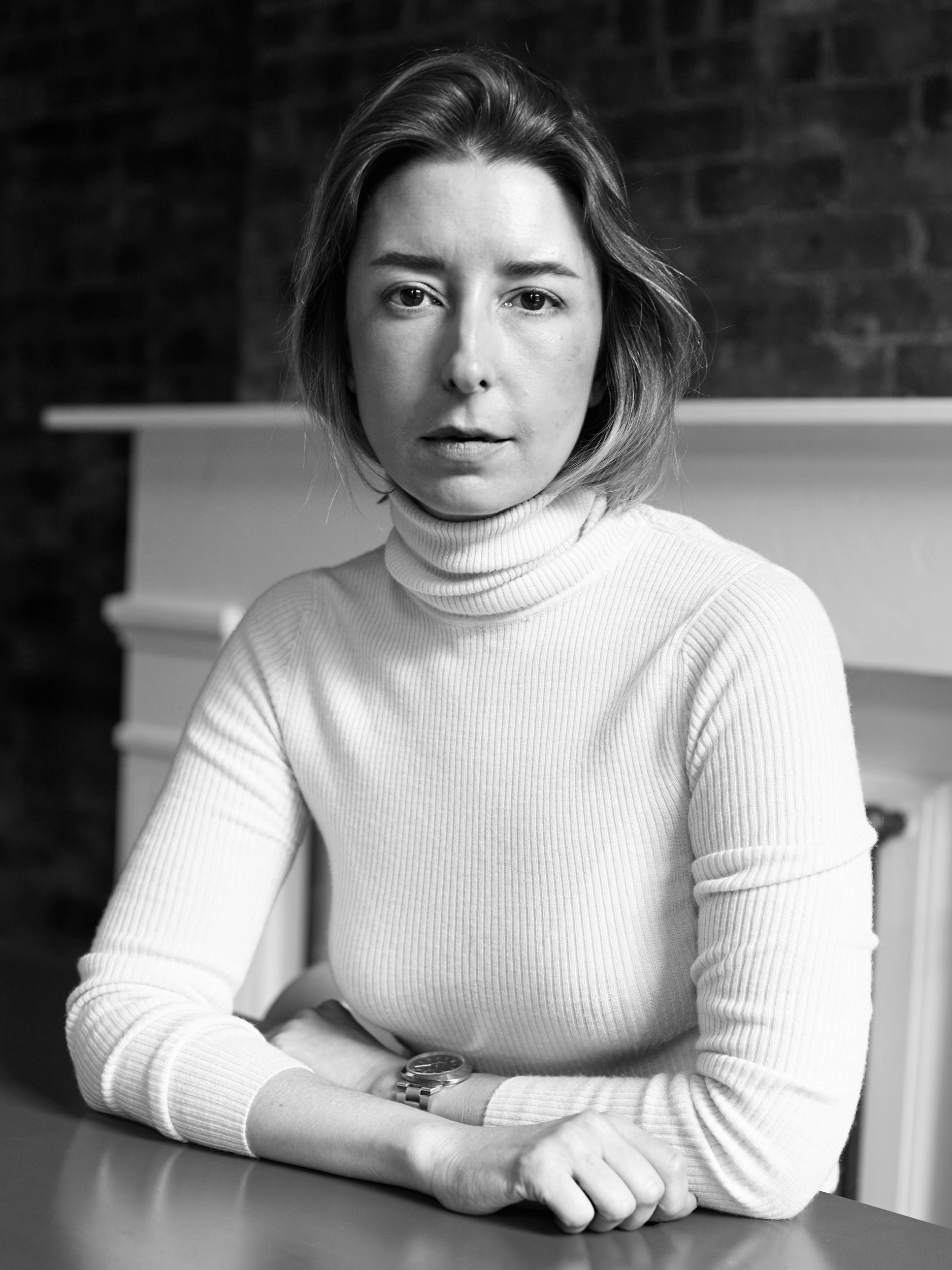
Less than a month after being appointed curator of contemporary design at the Cooper Hewitt, Smithsonian Design Museum, Alexandra Cunningham Cameron greets me at her office, having just returned from a quick tour of the Guggenheim a few blocks down Fifth Avenue. Donning a pleated sweatshirt, loose denim pants and a pair of lustrous boots, the Miami-born design expert has the unmistakable aura of a tastemaker and the schedule of a multitasker. Her eyes sparkle when she mentions recent trips to Cognac and the London Design Biennale, where Cooper Hewitt won the Emotional States Medal. “We associate with design and objects at levels we don’t even notice, as opposed to visual art which programs us to have a particular experience,” she says. “Design is an equalizer with its familiarity and function, and contributing to its appreciation at a time when design can save the world feels especially powerful.”
As Cooper Hewitt’s inaugural Edward and Helen Hintz Secretarial Scholar, Cunningham Cameron takes up a new position at the country’s only museum devoted exclusively to historic and contemporary design. Upon taking up the role, Cunningham Cameron’s first task was to begin familiarizing herself with Cooper Hewitt’s collection of more than 200,000 objects in order to grasp the foundations of the institution, which reopened its doors in late 2014 with a grand renovation project at its historic Andrew Carnegie Mansion. This new chapter introduced the museum to a younger crowd, thanks to an edgy exhibition program and emphasis on social engagement strategies that merge design and technology. “There is a nuance in making accessibility effective at a design museum and, here, we find access points for many types of visitors,” says Cunningham Cameron. She emphasizes the importance of the language used for communication in our data-driven age, noting with excitement that the museum’s dominant demographic is between 18 and 34 years old.
In Miami, Cunningham Cameron was the curatorial advisor on commissions with Urs Fischer, Ronan & Erwan Bouroullec and Philippe Malouin in the Design District, introducing some of the most visible public design projects to the city, where she also served as the creative director of the Design Miami fairs. “The majority of my background is in developing temporary exhibitions in addition to public works for active use,” the 37-year-old explains. “In my current role, I have become more conscious of immediate responses, but also the importance of preserving the present for the future. We can experience the present by looking at a molten glass pot from the 4th century or one made yesterday in a Brooklyn studio.
Walking through Marguerita Mergentime’s mesmerizing tablecloths in the museum’s ongoing exhibition about table arrangement, the curator describes her interest in delving into design experiences from the Americas after spending years in Western Europe and Asia. Revealing a bit about the museum’s next triennial—which opens in May with a focus on nature—she asks, “How do we present people with extremely complex projects and ideas, including a few created in laboratories?” There is a weight to representing the nation’s design museum, and Cunningham Cameron is ready for the job. “There are vernaculars for understanding design in each American city, and I’d like to tap into all those inclinations in this institution,” she says.










 in your life?
in your life?

